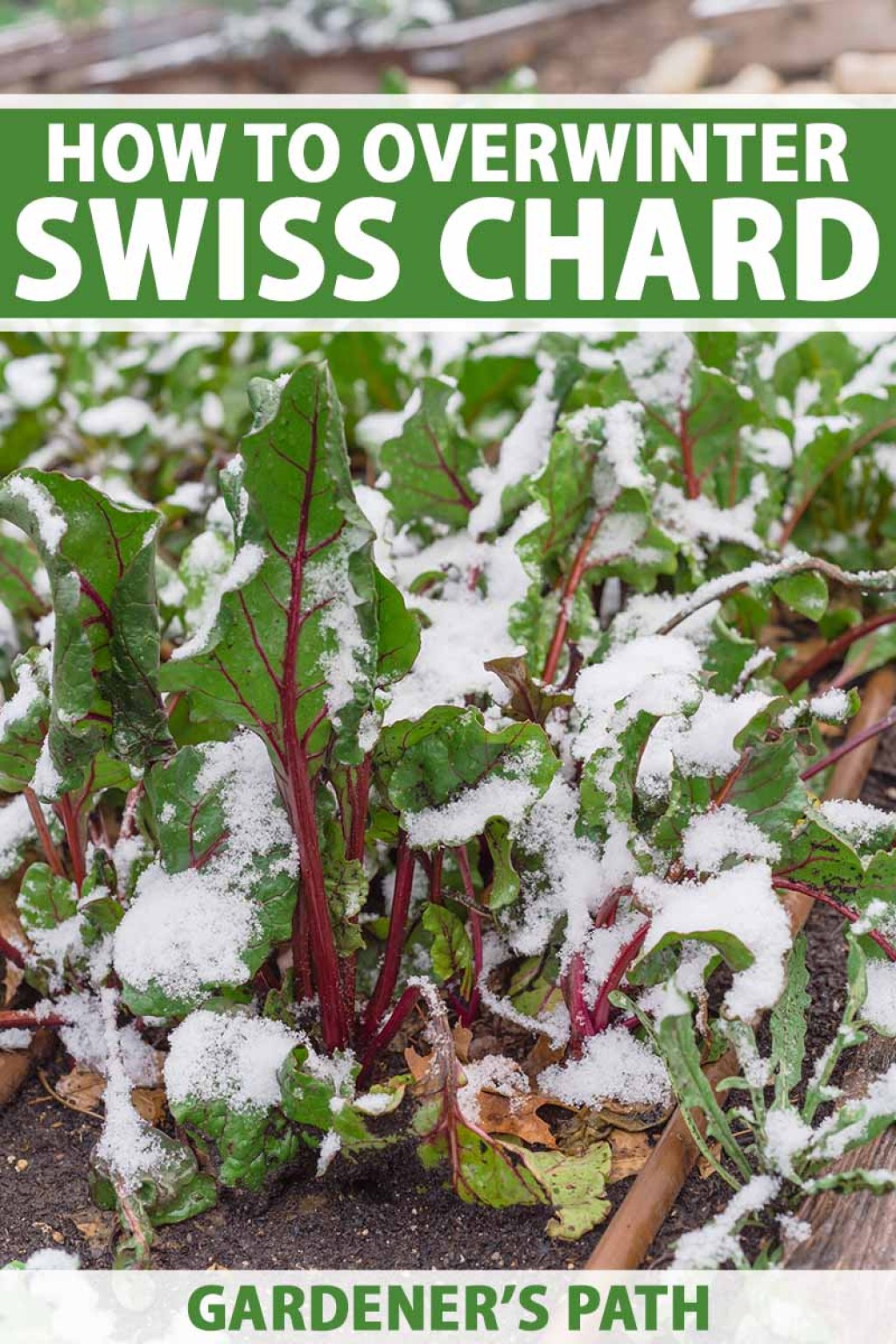Discover The Freezing Limits: How Cold Can Swiss Chard Tolerate? Uncover Essential Tips For Optimal Growth!
How Cold Can Swiss Chard Tolerate?
Introduction
Welcome, Swiss Enthusiast! Swiss chard, also known as silverbeet or perpetual spinach, is a leafy green vegetable that is cherished by many gardeners and home cooks alike. This versatile vegetable not only adds vibrancy to your garden but also packs a nutritional punch. However, like any other plant, Swiss chard has its limits when it comes to tolerating cold temperatures. In this article, we will explore the fascinating topic of how cold Swiss chard can tolerate and provide you with all the information you need to ensure the health and success of your Swiss chard plants.
1 Picture Gallery: Discover The Freezing Limits: How Cold Can Swiss Chard Tolerate? Uncover Essential Tips For Optimal Growth!

Table: Swiss Chard Cold Tolerance
Temperature Range (°F)
Tolerance Level
40-50°F
High Tolerance

Image Source: gardenerspath.com
30-40°F
Moderate Tolerance
Below 30°F
Low Tolerance
What Does Swiss Chard Need to Thrive?
🌱 Swiss chard is a cool-season crop that performs best in temperatures ranging from 50°F to 75°F. It requires full sun or partial shade and well-drained soil to thrive. Before we delve into its cold tolerance, it’s essential to understand the optimal growing conditions for Swiss chard.
Who Can Benefit from Knowing Swiss Chard’s Cold Tolerance?
🌱 Swiss chard enthusiasts, gardeners, and anyone interested in growing leafy greens in colder climates can benefit greatly from understanding Swiss chard’s cold tolerance. By knowing the temperature limits, gardeners can plan accordingly and take necessary measures to protect their Swiss chard plants from extreme cold.
When Should You Plant Swiss Chard?
🌱 The best time to plant Swiss chard depends on your location and the average frost dates in your region. In most areas, Swiss chard can be planted as soon as the soil can be worked in early spring. It can also be sown in late summer for a fall harvest. Understanding the optimal planting times is crucial for ensuring your Swiss chard’s survival in cold weather.
Where is Swiss Chard Grown?
🌱 Swiss chard is grown in various regions around the world, including Europe, North America, and Australia. It is a popular choice for home gardens, community gardens, and commercial farms. Its adaptability to different climates makes it a versatile vegetable that can be enjoyed by people in diverse geographical locations.
Why Does Cold Temperature Affect Swiss Chard?
🌱 Cold temperatures can have a significant impact on Swiss chard due to its tender nature. Exposing Swiss chard to freezing temperatures can cause the water inside its cells to freeze, resulting in cellular damage and death. Understanding why cold temperatures affect Swiss chard can help gardeners take appropriate measures to protect their plants.
How Can You Protect Swiss Chard from Cold?
🌱 To protect Swiss chard from cold temperatures, various techniques can be employed. These include using protective coverings such as row covers or cloches, providing mulch around the plants to insulate the soil, and choosing cold-tolerant Swiss chard varieties. Implementing these measures can help prolong the growing season and ensure a bountiful harvest.
Advantages and Disadvantages of Growing Swiss Chard in Cold Weather
🌱 Like any other gardening endeavor, growing Swiss chard in cold weather has its pros and cons. Let’s take a closer look at the advantages and disadvantages of embarking on this chilly gardening adventure.
Advantages
1. 🌿 Extended Growing Season: Cold-tolerant Swiss chard varieties allow you to enjoy fresh greens well into the fall and even winter months.
2. 🌿 Fewer Pests and Diseases: Cold weather can reduce the population of common garden pests, resulting in healthier Swiss chard plants.
3. 🌿 Richer Flavor: Some gardeners believe that Swiss chard grown in cooler temperatures develops a sweeter and more flavorful taste.
Disadvantages
1. 🍂 Slower Growth: Cold temperatures can slow down the growth of Swiss chard, prolonging the time it takes for the plants to reach maturity.
2. 🍂 Frost Damage: If not adequately protected, Swiss chard can suffer from frost damage, leading to wilting and reduced yield.
3. 🍂 Limited Variety Options: Cold-tolerant Swiss chard varieties might offer fewer choices compared to those suitable for warmer climates.
Frequently Asked Questions (FAQ)
1. Can I grow Swiss chard in a cold climate?
Yes, Swiss chard can be grown in cold climates. However, it is crucial to choose cold-tolerant varieties and implement protective measures to ensure its survival.
2. How do I protect Swiss chard from frost?
To protect Swiss chard from frost, you can use row covers, cloches, or even temporary greenhouses to create a favorable microclimate around the plants.
3. What is the hardiness zone for Swiss chard?
Swiss chard is typically grown in USDA hardiness zones 2-10, depending on the variety and the specific climate conditions in your region.
4. Can Swiss chard survive a freeze?
Swiss chard can tolerate light frosts but may not survive a hard freeze. Taking protective measures and monitoring the weather conditions can increase its chances of survival.
5. Can you eat Swiss chard after it has been exposed to freezing temperatures?
Swiss chard leaves that have been exposed to freezing temperatures may become damaged and develop a wilted appearance. While they may still be safe to eat, their quality and taste may be compromised.
Conclusion
🌱 Now that you have a comprehensive understanding of how cold Swiss chard can tolerate, you are well-equipped to embark on your journey of growing this nutritious leafy green in colder climates. Remember to choose cold-tolerant varieties, provide adequate protection, and monitor the weather conditions to ensure the success of your Swiss chard plants. By following these guidelines, you can enjoy a bountiful harvest and savor the flavors of fresh Swiss chard throughout the colder months.
Final Remarks
Please note that the information provided in this article serves as a general guide and may vary depending on specific climate conditions and individual plant varieties. It is always recommended to consult local gardening resources and experts for tailored advice to suit your unique circumstances. Happy gardening!
This post topic: Swiss

